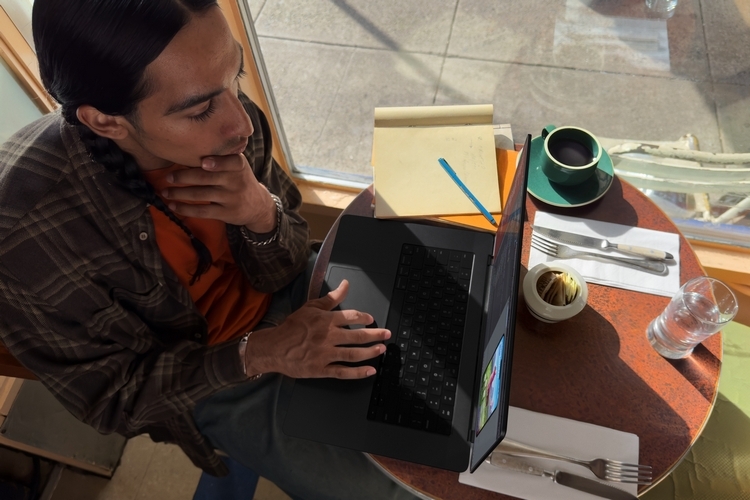
If you’re a photographer, a big part of your time is probably spent hunching over a computer while editing images. The most stellar images we see online and in print don’t usually happen without a fair amount of post-processing work. That’s why a good photo editing laptop is such an important tool for both amateur and professional photographers alike.
The best laptops for photo editing aren’t about insane specs. You don’t need the kind of high-end hardware people use for video editing, 3D modeling, or even gaming. However, there are some important requirements that it’s definitely best not to compromise on.
A strong CPU is a must-have for photo editing laptops, as many of today’s photo editing software suites rely heavily on using a processor’s multiple cores. So as a rule, go for as good a CPU with as much cores and as high a frequency as the budget will allow. It doesn’t need to be the latest and greatest, though, as any of the Intel and AMD CPUs from the past three years can deliver excellent performance for the job. GPUs, on the other hand, are a nice thing to have, especially since Adobe has been increasingly using video cards in some of their software (Photoshop
At minimum, the best laptops for photo editing will have 16GB of RAM. For the majority of workflows, though, 32GB will probably be best, while users who deal with a lot of large images and catalogs could be looking at 64GB to keep everything running smoothly. If you will work directly on your laptop, you want it to have a monitor with high resolution, such as 4K or 2K, as well as a wide color gamut and excellent color accuracy. Most people, though, prefer using an external monitor designed for creative work, since they can keep using that even after they switch to another laptop.
All the laptops for photo editing in this list clear those requirements and then some.
MSI GF76 Katana (Intel 11th-Gen)
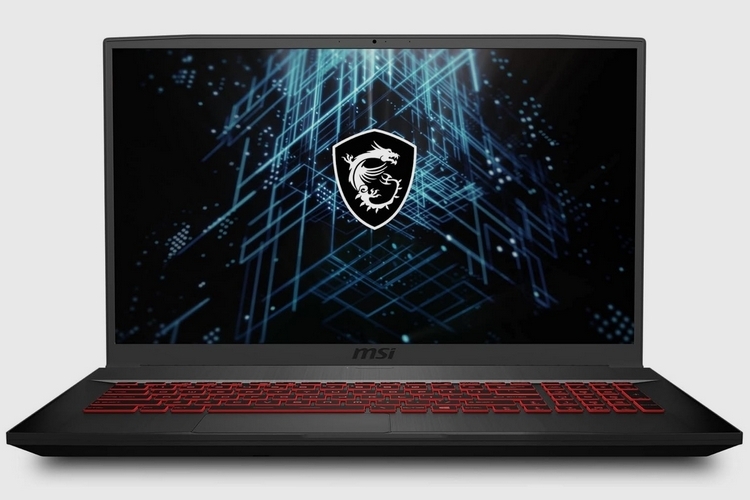
If you want a good laptop for photo editing at under $1,000, the 16GB/512GB version of this 11th-gen Intel Core model clocks in at $50 under the threshold, making it really great value. For this list, though, we’re opting for the 32GB/1TB model, which gets you more RAM and bigger storage for an additional $80. The older CPU still holds up really well to every task we threw its way and we have no doubt it will remain viable for a few years down the line, allowing you to get a decent photo editing laptop at an excellent price. It also has an RTX 3050, which, we’ll admit, isn’t the best GPU, but is definitely enough to speed up plenty of Photoshop and even some Lightroom processes. We like the large screen size, although the colors and the brightness aren’t the best, so you’ll want to pair this with an external monitor for better working conditions.
HP Spectre x360 16 (Intel 12th-Gen)
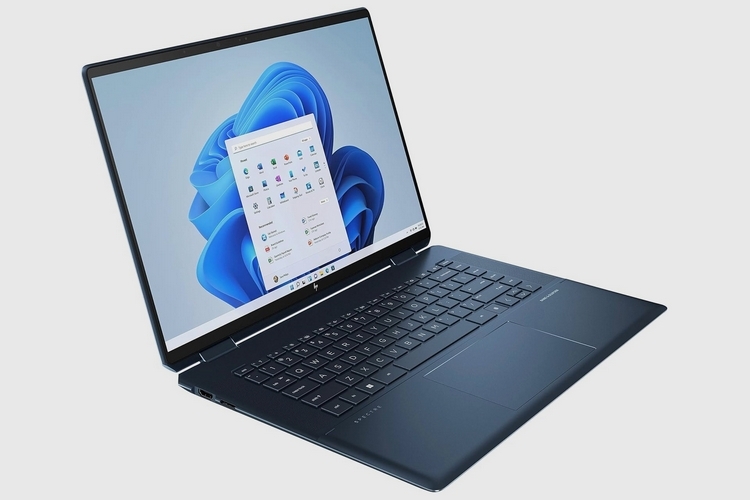
The 16-inch OLED screen is the real highlight here, boasting 3K resolution, vivid colors, and really wide viewing angles. It also brings 400 nits of brightness, so it’s perfectly usable when you’re outdoors during location shoots. The last-gen CPU still does well with any task you throw its way, although the lack of discrete graphics (it uses intel Iris Xe), does leave it a tad slower on tasks where the GPU can really lend a hand. The 16GB RAM is just enough to most photo editing tasks, although you always have the option of upgrading to 32GB later if your needs outpace it. This laptop, by the way, is designed such that the keyboard can fold completely behind the screen, so you can use it like a tablet (it’s touchscreen), which is really nice for those times you’re doing productivity tasks.
Apple MacBook Air 15 (M2)
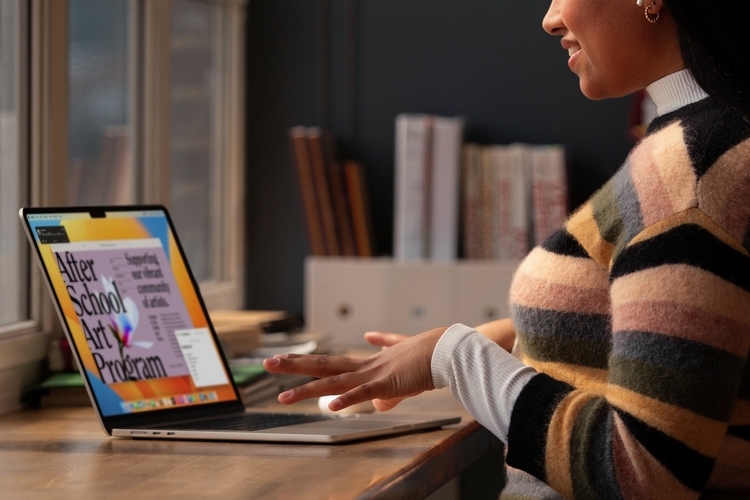
While the MacBook Air has not been, traditionally, a photo editing laptop, the performance upgrades brought about by the M2 processors have definitely made it more than capable for the job. For photo editing, specifically, we prefer this 15.3-inch model, whose 2880 x 1864 resolution, 500 nits of brightness, and accurate color reproduction lends itself well to the job. Seriously, it has a really professional-quality display that, when coupled with the slim size and light weight, makes it ideal as your on-the-go editing machine. We recommend going for the 16GB option and just using an external drive for added storage, although you can go the full 24GB if you’re fine with adding another 200 bucks to the price.
Asus VivoBook Pro 16X OLED
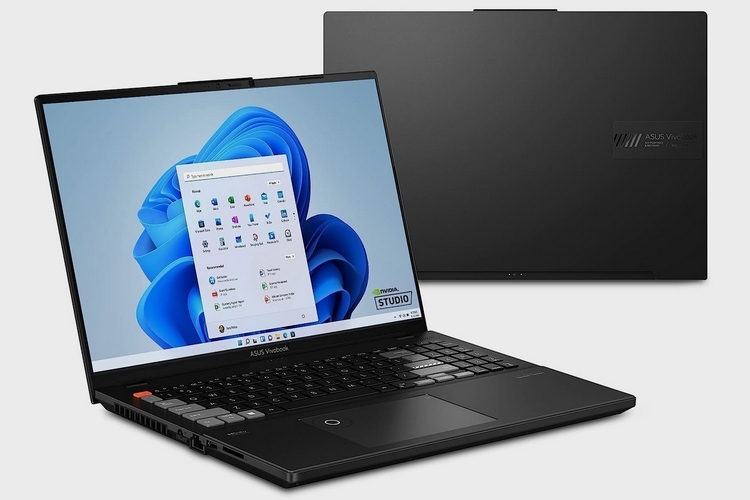
Equipped with an Intel Core i9-13980HX CPU, RTX 4070 GPU, and 16GB of RAM, this laptop can power through any photo editing task. Yes, it will probably go even faster if you upgrade the RAM to 32GB, but our tests, so far, have shown it to be incredibly capable as is. The 16-inch OLED display is another highlight, delivering full 4K resolution, 100 percent coverage of the DCI-P3 color space, and 550 nits of peak brightness, ensuring all your photos really pop while you work on them onscreen. Both the keyboard and touchpad feel really good to use, complete with a handy capacitive DialPad at the top left of the touchpad, which can really speed up a lot of adjustments you typically make in photo editing apps. It’s extremely useful.
Asus ProArt StudioBook 16 OLED
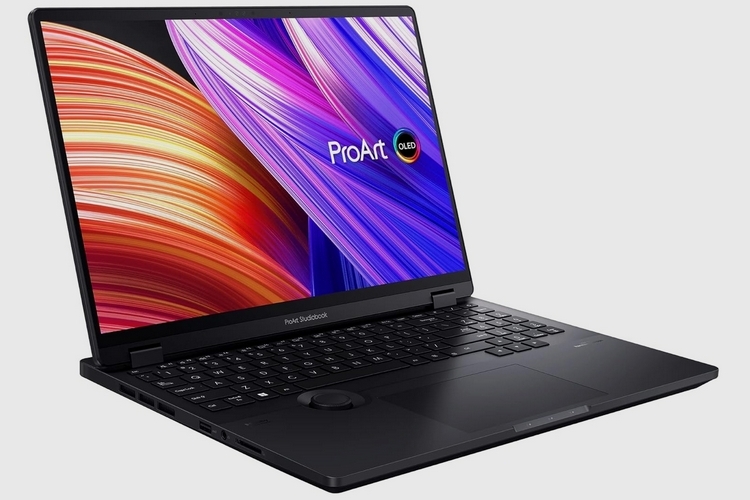
If you prefer a physical dial to the capacitive one on the laptop above, you can opt instead for Asus’ ProArt model, which has an actual tactile knob available below the left side of the space bar. It performs all the same tasks as the capacitive one in the VIvobook, from adjusting brush sizes and zooming in and out to all sorts of functions you can set on the companion ProArt Creator Hub software. The 16-inch OLED screen is every bit as good as that on the Vivobook (it has the same color coverage and nearly as bright), albeit with lower resolution (3,200 x 2000). The real reason you may want to opt for this over that one, though, is the 32GB of RAM, which can speed up memory-intensive tasks in noticeable ways, even with the slower 4060 discrete GPU, flying through raw image processing tasks like it’s nothing.
Gigabyte Aero 16 OLED
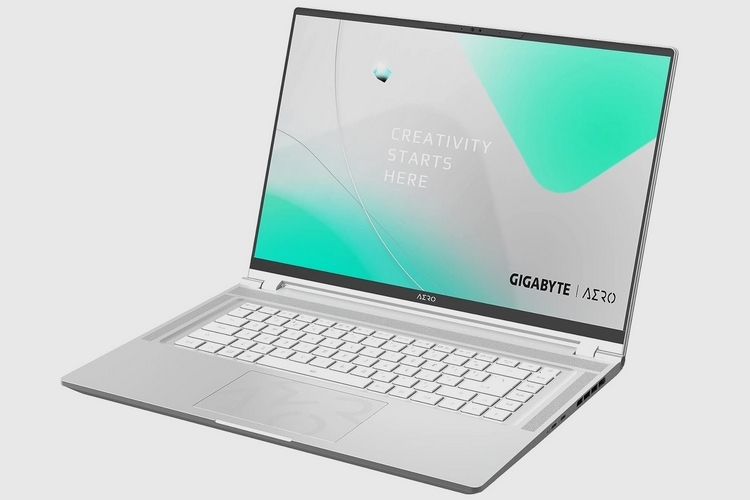

This is not a slim and light laptop. However, if you want a serious performer for various creative apps, this photo-editing laptop will absolutely not let you down. On the specs front, it gets a 5.4GH i9-13900H processor, an RTX 4070 GPU, 32GB of RAM, and 1TB of storage, so it will, pretty much, breeze through any photo editing task without a hitch, while the 16-inch AMOLED display delivers 3,840 x 2,400 resolution, 100 percent DCI-P3 color space coverage, and excellent color contrast, ensuring you can work on your photos directly on it with no need for an external display. We also love the feel of the keyboard and the trackpad, along with the excellent build quality, although the lack of a card reader and USB-A ports are a bit disappointing. Sure, you can throw in a port hub in the bag, but those seem pretty basic for a laptop at this price range.
HP ZBook Studio G10
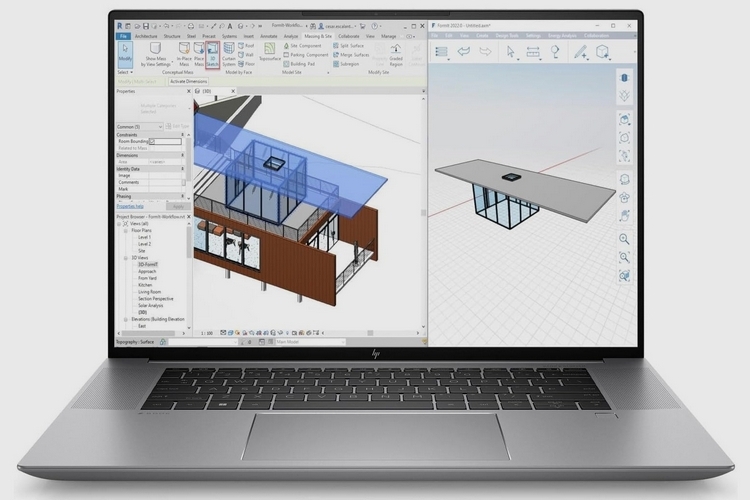
We, honestly, weren’t familiar with the NVIDIA RTX 2000 Ada GPU this laptop for photo editing uses, but upon using it, we can say the card definitely handles GPU loads on par with the low end of the RTX 4000 series. Suffice to say, it breezes through most photo editing tasks, especially with the i7-13700H, 32GB of RAM, and 1TB SSD rounding out the spec sheet. The monitor isn’t quite as other laptops in the price range, as it uses an IPS panel instead of OLED. It is still, pretty good, though, especially with the 3,840 x 2,400 resolution delivering really sharp, really bright visuals. As with HP’s usual releases, this feels like a professional machine, with stellar build quality, a precise keyboard, and a very responsive touchpad.
Dell XPS 15
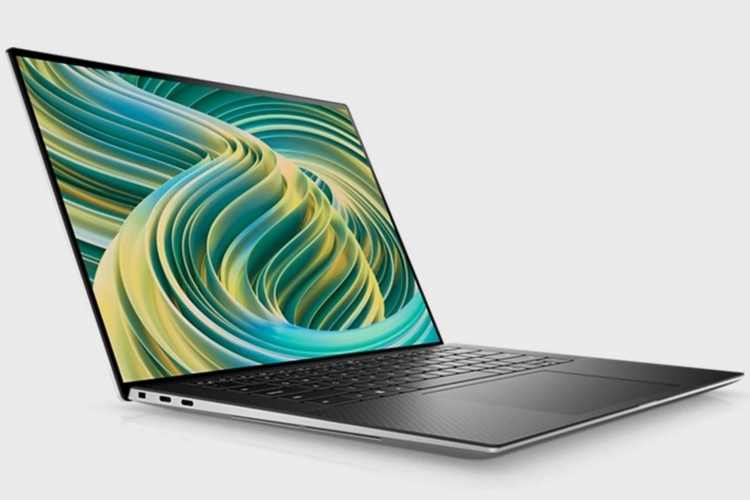
Dell offers this laptop model in plenty of options, most of which will be suited for photo editing, although for the list, we’re going with the configuration that should handle most anything you throw its way. Specifically, it’s combines an i7-13700H CPU, an RTX 4060 GPU, 32GB of DDR5 RAM, and 1TB SSD, giving you an absolute powerhouse that can handle even the most hardware-intensive tasks. The 15.6-inch display is perfect for photo editing and other creative visual work with its 3.5K resolution, stunning contrast, and 99 percent DCI-P3 color coverage. Do note, we’re not fans of the default color settings, so you’ll want to tinker with the software to get the best color accuracy. We also love the fact that Dell released repair guides for this laptop, among others, making it a whole lot easier to upgrade it down the line if you need to.
Apple MacBook Pro 16 (M3 Pro)
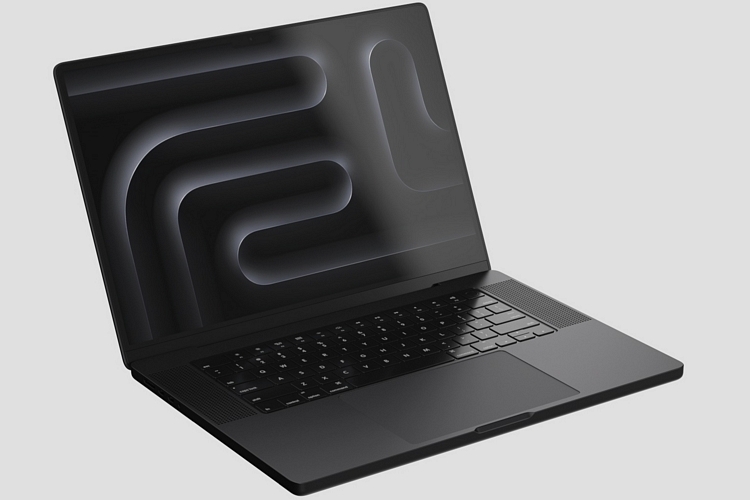
Yes, it’s expensive, but if you want the best laptop for photo editing, you can’t go wrong with the newest MacBook Pro. It’s exactly the creative visual fields where it shines best. While the M3 Max is more powerful, this version of the M3 Pro is already overkill for photo editing purposes, with its 12-core CPU, 18-core GPU, 36GB of RAM, and 512GB of storage. As is common with Apple’s laptops, the 16.2-inch Liquid Retina XDR display just outperforms everything we’ve tried in terms of color accuracy, while delivering an insane 1,600 nits of peak brightness, so you can use it to actually edit photos outdoors without messing up the color reproduction. The battery life is also stellar with its 22-hour rating, which can easily get you 12 hours even when you’re continually doing resource-intensive tasks. It’s just an incredible machine.